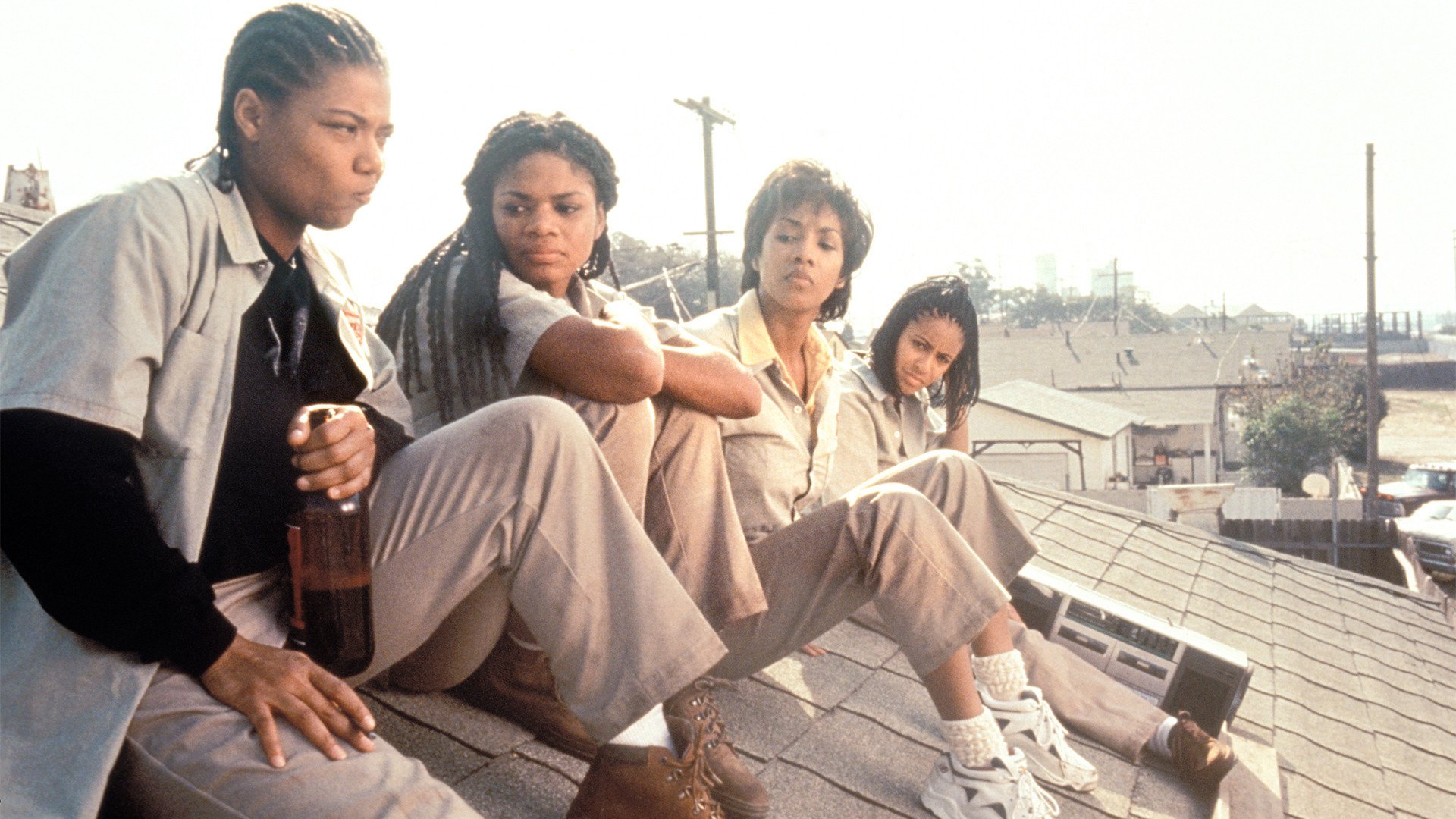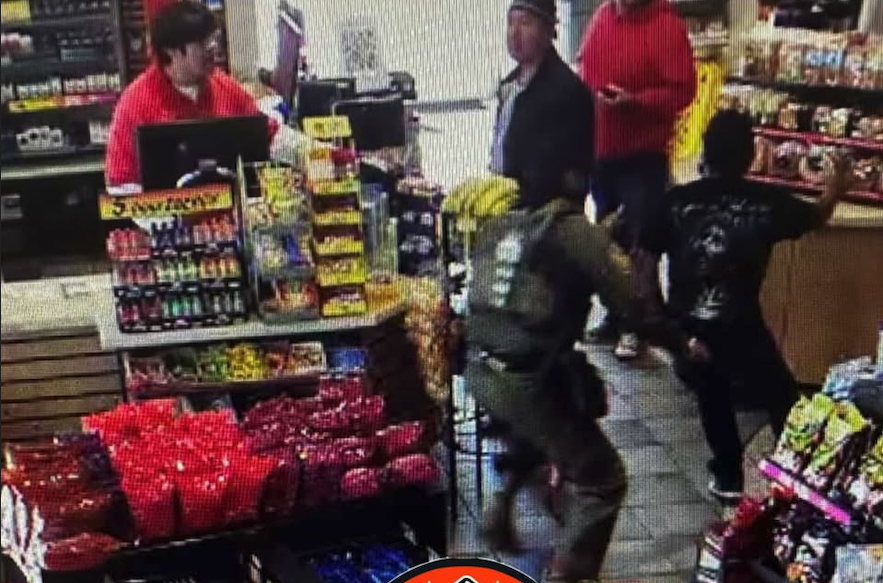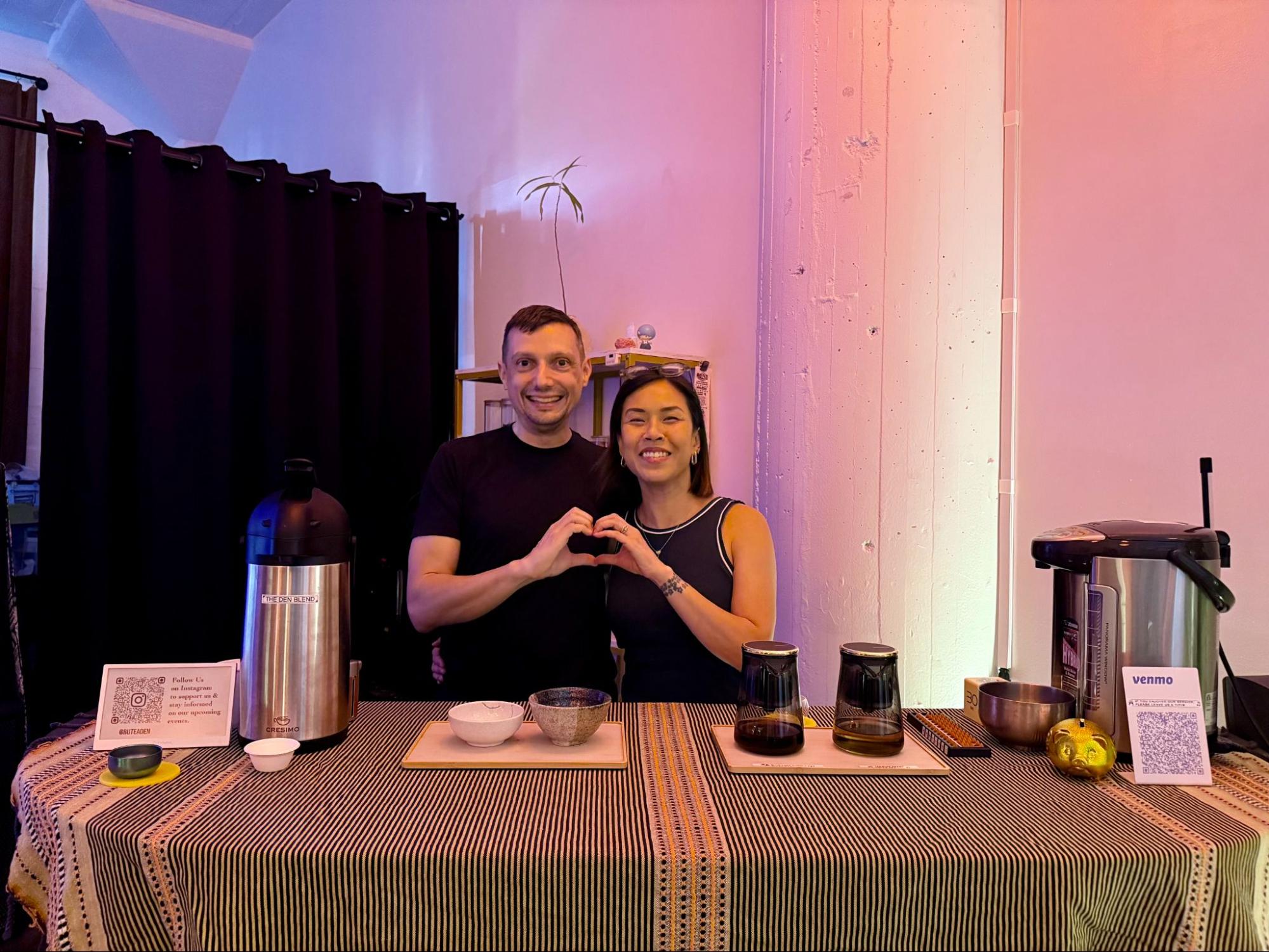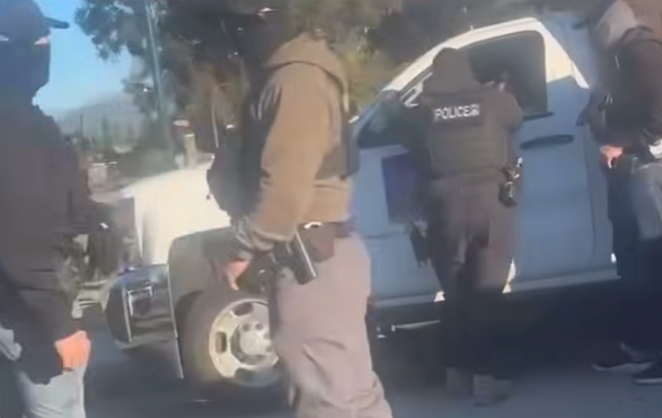[dropcap size=big]T[/dropcap]There has been much discussion recently on how Los Angeles is presented on film, with critics nationwide debating what makes an authentic L.A. movie. Much of this driven by the Oscar buzz around Damien Chazelle's incredibly cliched film La La Land, which seems to have once again recaptured the critical interest in defining Los Angeles through movies.
Writing for The Ringer, Alison Herman declares that "Movies like La La Land and shows like Love and Togetherness hint at shifts in what Los Angeles symbolizes onscreen." MTV's chief film critic, Amy Nicholson summarizes our city's shifting filmic identity through the years as "in the ’60s, it bred hippie cults and killers; the ’70s belonged to smog alerts and porn. The ’80s were dominated by hair metal screeching down the Sunset Strip, and the ’90s placed O.J. Simpson and Rodney King at the center of the national conversation. At the turn of the 21st century, the city struggled to distance itself from the media sharks chumming Lindsay Lohan, Paris Hilton, and Tara Reid’s Thong Squad."
Both critics decry La La Land's false and trite version of contemporary Los Angeles, yet like La La Land, it seems that in the broader discussion, films set outside certain neighborhoods do not get a chance to define Los Angeles. You won't find many Mexicans in La La Land, and you won't find substantial discussion of East Los Angeles when critics debate a "real" Los Angeles film. And yet, such films do exist, and they are meaningful to many in this city. What do native Angeleños and people who have devoted their life to this city consider authentic screen depictions of L.A.? We reached out to a few, and here's what they had to say...
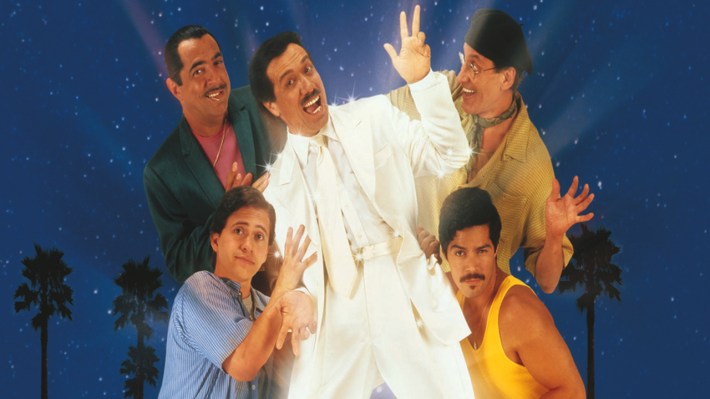
Erick Huerta, Transportation Advocate
Originally written as a short story in 1958 by Ray Bradbury, The Wonderful Ice Cream Suit (WICS) is one of my all time favorite Los Angeles movies. Released straight to VHS back in 1998, the WICS is a throw back to when Boyle Heights was just another neglected neighborhood that did its own thing. For me, part of what makes a movie an LA movie is the simple fact that it’s shot in LA, but not at cliché landmarks that everyone can recognize, but shot in neighborhood streets that only locals will recognize. WICS is one of those movies because it was primarily filmed along First Street and Mariachi Plaza, locations that have dramatically changed in the last 20 years.
The cast of Edward James Olmos, Joe Mantegna, Esai Morales, Clifton Collins Jr., and Sid Caesar all play different characters trying to live out a fantasy that will only happen if they get to wear the ice cream suit. In that pursuit, we get to see inside of the Boyle Hotel before it was refurbished in 2012, and was designated an LA Landmark in 2007. The movie also features a few scenes in side of Zellman's Menswear. Originally opened in 1921 and closed in 1999, there are generations of folks who grew up in Boyle Heights who have stories of going there; it's one of the numerous landmarks in the neighborhood that highlight the Jewish roots of the community. There are also a few scenes that were shot inside of what is now Eastside Luv, which for those of us who were too young to be in a bar at that time gives a glimpse of what once was, and how it’s changed over the years.
Landmarks and neighborhood history aside, the story is the anchor that brings together all the different elements of the movie and cements its status as a true LA movie. Most movies made or based on the Eastside focus on telling stories of based on stereotypes of immigration, gang life, cholo culture, and Chicanismo as an identity. The WICS is one of the few movies that doesn’t really have that type of theme or moral message thrown in your face. Those kinds of movies have their place for what they represent and the messages they get across to those who aren’t part of the community, or understand our lived experiences on the Eastside. The WICS is a genuinely fun story that doesn’t require you to know anything about Boyle Heights, the Eastside, or being Latnio/a, but you’ll have a better understanding after watching.
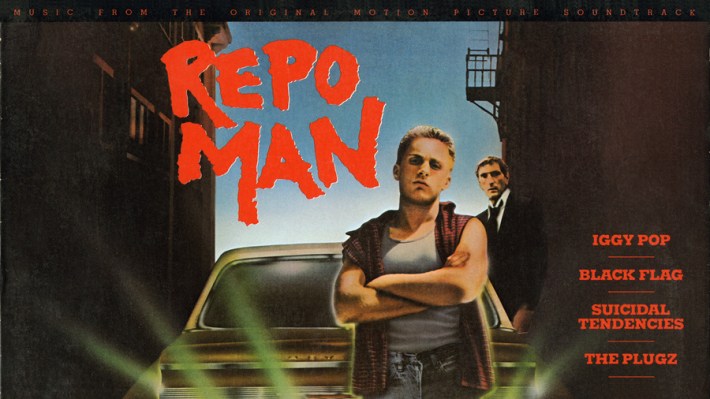
Mat Gleason, Curator
The film that truly represents My Los Angeles is the 1984 cult classic, Repo Man. Taking place primarily in Downtown, East L.A. and South Central, Repo Man shows the gritty side of the city that asshole transplants who make jerkoff peons to palm trees and pretty ladies will never see. Repo Man acknowledges that Los Angeles is a tense ethnic melting pot. Repo Man affirms that Los Angeles had the best, most impactful punk scene on earth. The film depicts the realness that so many fake portraits of the town ignore in favor of their own plastic reflections. It is a mirror of the ugliness of this paradise that retains its own proud beauty. And it contrasts the personalities of the city of fakes, losers, crazies and outlaws with the class struggle that turns the city against the suburb. An what could be more apropos of Los Angeles than the observation that "The more you drive, the less intelligent you are."
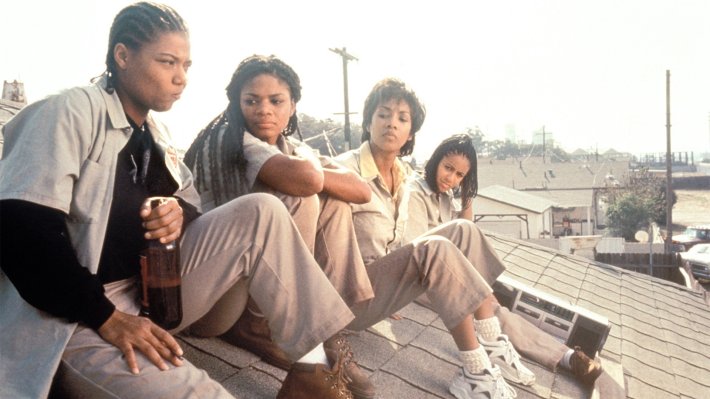
Tien Nguyen, Writer
Early in Set It Off, before Cleo (Queen Latifah), T.T. (Kimberly Elise), Stony (Jada Pinkett Smith) and Frankie (Vivica A. Fox) decide to start robbing banks, the four are smoking, joshing on a rooftop. It’s after a night’s worth of work cleaning the high-rise offices of Downtown Los Angeles; the women take a moment to look over at a factory that just closed. Cleo says, "Before they started laying people off, they was paying folks $15 an hour ... Overtime be like $22.50 an hour!"
It's quite something to hear that now, some twenty years after the movie was released. Because the Fight for Fifteen isn't wishful thinking anymore; Los Angeles will have $15 an hour by 2020. Cleo's $22.50 OT calculation is the same calculation that some business owners no doubt contemplated in their protests against the increases. Twenty-fifty OT, $30 double OT. But even now with the increase in wages, housing continues to be unaffordable. We’re on the way towards repealing the Affordable Care Act. Prominent food critics are still afraid of eating in low-income neighborhoods. So you know as well as these four women know. It's not just about the money.
***
Set It Off was released in 1996, not too long after Boyz n the Hood spawned an entire genre of films set in south Los Angeles, most of which focused on the men who lived there, and Thelma and Louise kicked off a decade-long series of films with white women at their core. It's a testament to how singular Set It Off was that reviewers often made the same inexact references when trying to describe the movie for their readers: "In formulaic Hollywood terms, 'Set It Off'' might be described as ‘Thelma and Louise Ride Shotgun in the Hood While Waiting to Exhale’ (New York Times; the reviewer alternatively proposed, "A pop psychologist might translate the story into a fable called ''Women Who Rob Banks and the Society That Hates Them.") The Los Angeles Times called it “‘Thelma & Louise' times two"; it was "Sisters n the Hood" to Rolling Stone.
"It falls back on the standard mix of self-pity and bad temper that passes for motivation in action films these days, and skim-coats it with nasty racial animosity toward white people with their ‘system'’ and their cops and their ugly babies." That's another review of Set It Off; that last bit about the ugly babies is a reference to Cleo, who, while cleaning an office, picks up a framed photo of a white family and comments on how ugly their baby is. As the reviewer who picked up on the comment makes clear, if you want to puncture the seemingly infallible white man who wields enormous social and economic capital, maybe insult his legacy. That white anxiety will manifest itself right quick.
Set It Off goes through great pains to supply most of the characters with motivations to become bank robbers, but the same segment that understands Cleo’s ugly babies remark probably doesn’t really need all that justification. When Frankie says, “We're just taking money from a system that's fucking us all anyway,” you get it. Bring it on.
The four start by robbing a bank near Pershing Square (which they would never get away with today; there's no way that, even on a Saturday, Olive would be clear enough for them to zoom up and left on 5th without getting caught in traffic) and hit a few more banks until the whole thing falls apart. The last heist sets up a police chase, with Cleo ripping through East and Downtown LA in her souped up low-rider. In what is one of the most LA things about the movie, you watch part of the chase as it’s framed on the television screen; if you know your local news anchors, you'll recognize Mark Thompson providing the play by play.
It helps to remember here that Set It Off was released four years after the first police chase was televised live on KCOP and four years after the 1992 Uprising and two years after O.J. It makes you think about what sort of messages are telegraphed in these chases and what, exactly, we’re witnessing from a long distance overhead and whether we recognize that the conclusions we draw during these live moments are based on Act III of a long story. After all, how much did that other great LA movie, OJ: Made in America, help contextualize O.J. in that Bronco?
Set It Off doesn’t get it all right; for all its sharp observations about race, class and gender, there are some tropes it doesn’t manage to avoid. Spoiler: three of the four women die by the film’s end, all in uncomfortably long, dramatic hails of bullets. Following a long history of fictional women who commit suicide to escape the constraints of their circumstances, two of the three women in Set It Off too choose how they die. You probably won't be surprised to learn that one of the women who dies, Cleo, is a lesbian (though it must also be said that Cleo remains, to this day, one of the best butches on film; witness, for example, just how she holds groceries for her girlfriend. Her character solidified the link between Set It Off and Boyz n the Hood and, in the process, challenged the misogyny in so much of LA hip hop culture at the time).
Set It Off eventually made $36 million on a $9 million budget, but it wasn’t considered as especially successful because it did not cross over to white audiences. To put the injustice of that in perspective, another seminal LA movie, 2009’s 500 Days of Summer earned $32 million gross on a $7.5 million budget and was not required to cross over to any particular audience; indeed, it was considered a success even as it rendered people of color mostly silent. And it’s the 500 Days-type of film that continues to get made and be considered award-worthy (see also: La La Land). Why?
Well, you know as well as I do. It, infuriatingly, still is not just about the money.
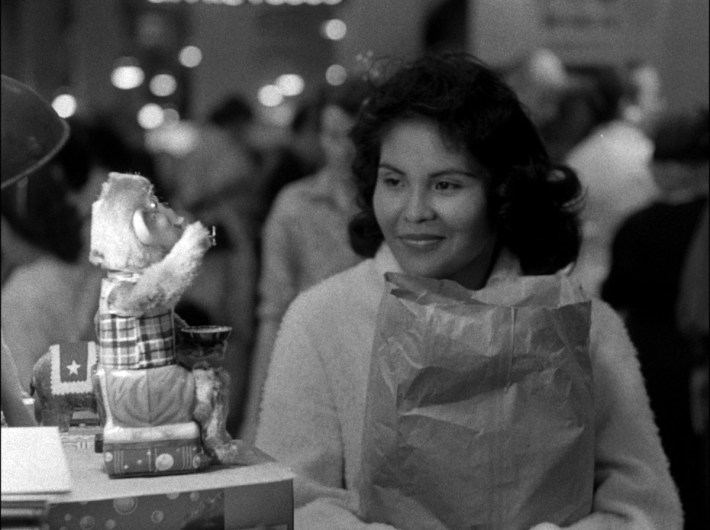
Ramiro Gomez, Artist
One that immediately comes to mind is The Exiles set in downtown LA. It affected me very much when I watched it the first time, and has really stayed with me, especially a scene when a woman is walking around a storefront, and staring into the window display of a fancy store. Ghostly and incredibly inspiring. An honorable mention would be Mi Vida Loca. Allison Anders' film about pre-gentrified Echo Park. The whole movie makes me feel things, but that it ain't easy girls song at the end always gets me. Both are about an LA that no longer exists where it was recorded, something that is at the core of my artwork.
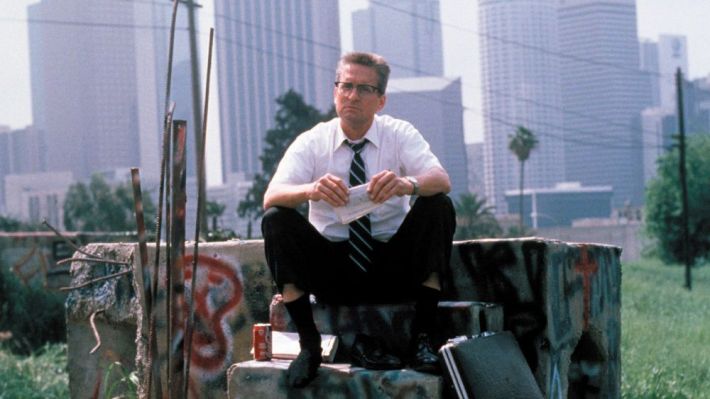
Sam Quinones, Journalist and Author of Dreamland
One of the best films to capture LA in the 1980-90s was Falling Down, starring Michael Douglas. It goes from the freeway traffic through East LA, then out to Venice if I'm not mistaken - all while telling a gripping story of a man's decline. This is probably Michael Douglas' best movie.

Kwasi boyd-bouldin, Photographer
When I think of great LA movies, the one that always comes to mind first is Anthony Fuqua’s Training Day. It's an excellent film overall, featuring awesome performances by Ethan Hawke and Denzel Washington (he won an Oscar for his part). The film is loosely influenced by the then emerging Rampart police scandal and centers around a corrupt detective evaluating an officer for possible promotion. It is a compelling storyline in the traditional sense but the best part of the movie is it's depiction of Los Angeles.
As someone who has lived in the city my whole life, it was amazing to see some of the city's most notorious neighborhoods shown so accurately in a movie. Focusing on the locations as the story unfolds is like getting a tour of the city by someone who knows all the spots and has permission to roll through them. It is well known that the director went to great lengths to achieve this level of authenticity by shooting in the actual neighborhoods referenced in the plot and using residents as extras. The result is a fictional story embedded in an atmosphere that effortlessly replicates life in some of the roughest parts of the city.
All of this background work helps Training Day avoid the trap of depicting the violent realities of life in some parts of LA as a caricature (ex. Crash). Most productions that deal with this subject matter underestimate their audience by portraying these areas in a formulaic, simplistic manner. By nailing the context in which the story takes place, the other aspects of the film are able to shine without being dragged down by a one dimensional version of Los Angeles.
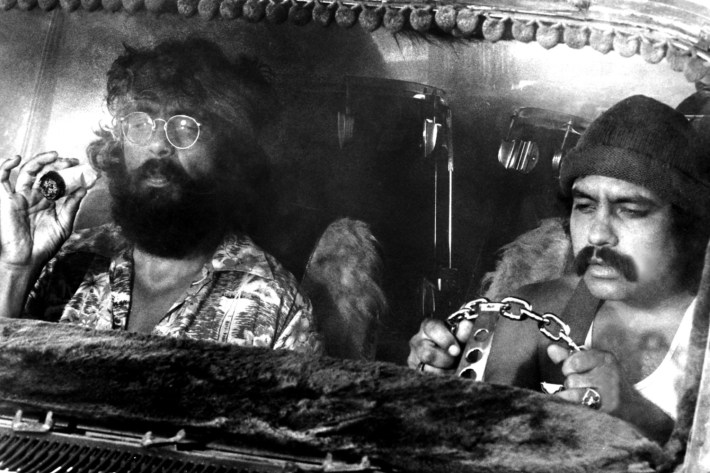
Gregory Bojorquez, Photographer
I cannot remember if my first exposure to Cheech & Chong was through my father’s copy of the Big Bamboo album or if it was the Up In Smoke film. After listening to the album and watching the movie for the first time, I listened to the album over and over and tried to catch the movies via “On” or “Select TV” any time they were presented. At that time, VHS tapes were not readily available and it was a treat to see the first three movies (Up In Smoke, Next Movie, Nice Dreams). By the time the fourth film, “Things are Tough All Over”, was released I was nine years old and my Dad drove my Mom, sister and I to the Rosemead 4 theatre in his '69 Dodge Charger to watch it projected on the big screen. Part of the entertainment for me was tripping out on the characters in line to enter the theatre. There were people with choleria and biker styles that were similar to Cheech and Chong themselves. Growing up in East L. A.’s outskirts and traveling all over the East Side to visit family and friends, I was sometimes around people that I could draw comparisons to Cheech and Chong. There were cholos and cholas who lived around my neighborhood and some of their friends would come around in their low riders, they reminded me of Cheech. At one point my Aunt Alicia was going out with a white biker with a beard from the local motorcycle club, who to me was just like Chong. The two characters in Cheech and Chong along, with the backdrop of Los Angeles were things that I could always compare to people and places in my life in Los Angeles.
Later on into the 80’s, the Cheech and Chong movies on VHS tapes could be rented at video stores. Watching the tapes over and over, I would notice different details and specific parts of town in the films' locations. I first noticed the name “Lou Adler” an LA resident who produced and directed “Up In Smoke”. Thereafter, he was often seen as the man with the beard, sunglasses and hat sitting courtside with Jack Nicholson at the LA Lakers games over Chick Hearn’s voice on KCAL 9. The opening scenes of “Up In Smoke” feature Cheech’s Impala somewhere in ELA with the credits edited into the fender, door and quarter panel in classic cholo writing that originated in LA by guys like Chaz Bojorquez. This kind of writing is seen and plays a reoccurring roll on walls in the backgrounds of several scenes. Chong leaves his parent’s home somewhere in the Hollywood hills which is in LA but a huge contrast to ELA. After Cheech picks up Chong somewhere on Pacific Coast Highway, the two venture to many parts of LA-- American Heritage Park in Highland Park, different freeways, the iconic Roxy Theatre on the Sunset Strip are just a few LA places seen in the film.
“Next Movie” begins around Ivar and Yucca Street in Hollywood where Cheech and Chong are siphoning gasoline into a trash can that is put into their neighbor’s T-Bird that they joy ride around Hollywood to Cheech’s job at the Paramount studios. I particularly like the bouncing back and forth from the ELA area to the Hollywood area. Going back and forth to those two places is something that I have been doing since I was a kid. When I began driving and getting more into photography, I would be in ELA in the afternoon with friends photographing, and hanging out in Hollywood later on in the evening to photograph a music event at the Hollywood Palace or Paladium where I would often see my ELA pals.
Details like Lowriders from the iconic LA Lifestyle Car Club are featured in a scene shot in City Terrace in “Next Movie”. The County Welfare/Social Security office and the Sunset Strip’s Comedy Store and Guitar Center are a few more location details that seal the LA motif. “Nice Dreams” has much of the same with scenes in Santa Monica’s Palisades Park, Beverly Hills and around Palos Verdes where the duo get the weed from “Weird Jimmy” which mutates smokers into lizards.
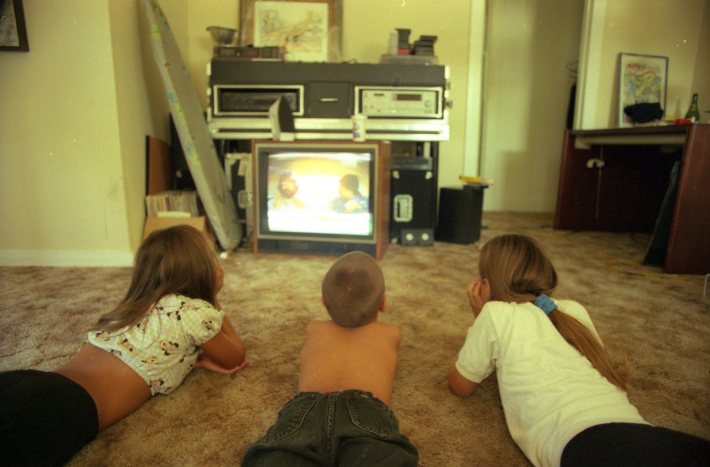
I can go on and on with specific details of how the first three Cheech and Chong movies are true LA films, but you can watch them now so easily and see all the details for yourself. There was a time that I was at a friend’s house and his lady’s kids were laying on the carpet in the front room watching “Next Movie,” just like I did as a kid. I knew that they were drawing the same similarities to people that were around them as I also did as a kid.
A couple years back, I had a roommate in Boyle Heights with a background in motorcycle customs who is bearded and white, and kept complete Harley Davidson engines in his bedroom. He was the only white guy around the neighborhood and would joke around that he was changing his name to “Al Pastor” to be more Mexican. We would drive around in my '78 Cadillac and party in and around the Eastside, Westside and in between. We would often wake up in the morning to beers and joints. I would tell my friends that I used to watch Cheech and Chong movies and at that time I was actually living the “Cheech and Chong” Lifestyle!
